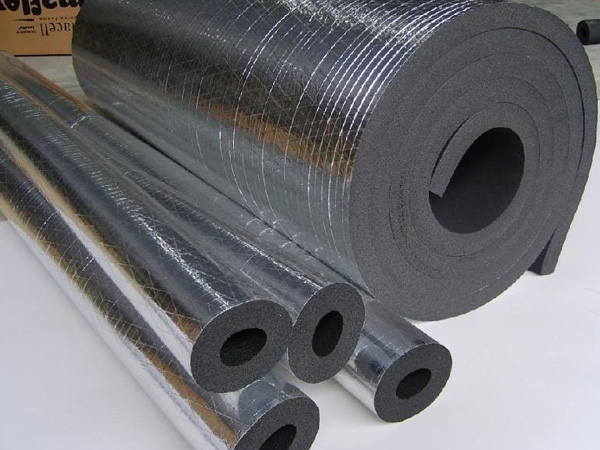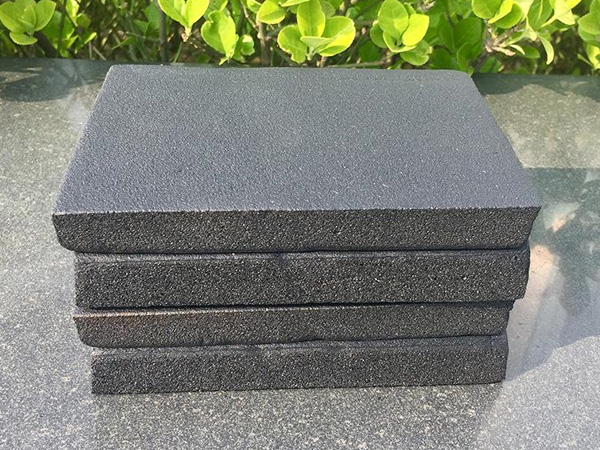5 Key Differences Between Heat and Thermal Insulation Cotton
2025-11-03 12:12:19
When it comes to controlling temperature and improving energy efficiency, insulation materials are essential across industries — from heavy manufacturing to commercial construction. Among them, Heat Insulation Cotton and Thermal Insulation Cotton are two frequently used yet often misunderstood materials.
Although both are designed to limit heat transfer, they perform differently due to variations in composition, density, and heat tolerance. Understanding these differences ensures you select the correct insulation type for your specific application.
If sourced directly from a reliable insulation manufacturer in China or China insulation supplier, both materials can be obtained in factory-direct bulk quantities, ensuring consistent quality and cost efficiency for large-scale projects.


What Exactly Is Heat Insulation Cotton?
Heat Insulation Cotton is a high-temperature-resistant fibrous material made primarily from ceramic fibers, alumina silicate, or glass fibers. These fibers create microscopic air pockets that significantly reduce heat conduction and radiant transfer.
This insulation type is engineered for extreme temperature environments, such as furnace linings, industrial pipelines, or exhaust systems. It remains dimensionally stable and non-combustible even under prolonged heat exposure.
Main features include:
·Excellent resistance up to 1000–1200°C
·Lightweight and easy to shape or wrap
·Low thermal conductivity under high heat
·Minimal thermal shrinkage over time
These properties make it one of the preferred solutions for industrial heat management and energy conservation systems.
Understanding Thermal Insulation Cotton
In contrast, Thermal Insulation Cotton emphasizes maintaining temperature stability and minimizing energy loss in moderate-temperature applications. Made from materials such as rock wool, glass wool, or polyester fiber, it effectively traps air and slows down thermal transfer.
It’s most often used in residential and commercial construction, HVAC systems, and cold or hot water pipelines, where the goal is to create a stable indoor climate and reduce power consumption.
Key advantages:
·Wide temperature range (-40°C to 600°C)
·Fire-resistant and sound-absorbing
·Cost-effective and easy to install
·Suitable for both cooling and heating systems
Thus, while thermal insulation cotton is less heat-tolerant than its heat-resistant counterpart, it provides outstanding thermal stability and comfort insulation for buildings.
5 Fundamental Differences Between Heat and Thermal Insulation Cotton
1. Working Temperature Range
·Heat Insulation Cotton: Can handle continuous exposure to temperatures above 1000°C.
·Thermal Insulation Cotton: Performs best under 600°C and is unsuitable for direct contact with flames or high-heat surfaces.
This distinction determines their field of application — industrial versus architectural.
2. Material Composition
·Heat Insulation Cotton: Often composed of ceramic or alumina-silicate fibers with high melting points.
·Thermal Insulation Cotton: Made from rock wool, fiberglass, or synthetic fibers focusing on balanced insulation efficiency and cost.
The difference in raw material explains their distinct resistance and mechanical behavior.
3. Application Environment
·Heat Insulation Cotton: Used for boilers, kilns, and high-heat equipment.
·Thermal Insulation Cotton: Common in walls, ceilings, ducts, and pipelines.
Essentially, one serves the industrial sector, the other serves construction and HVAC systems.
4. Density and Weight
Heat insulation materials are denser and more compact, ensuring stability under thermal stress. Thermal insulation cotton is lighter, providing easier installation on wide surface areas without overloading the structure.
5. Durability and Cost
While heat insulation cotton has higher upfront costs, it lasts significantly longer under harsh conditions. Thermal insulation cotton, though more affordable, may deteriorate faster if subjected to moisture or high heat for prolonged periods.


How to Choose the Right Material
Selecting between the two depends on operating temperature, environmental factors, and design requirements.
·For industrial equipment exposed to direct heat or open flames, heat insulation cotton is the ideal solution.
·For buildings and HVAC systems, thermal insulation cotton offers better acoustic control and energy savings.
Proper installation and maintenance also extend lifespan and improve efficiency, regardless of which insulation type you choose.
Why Chinese Manufacturers Lead in Insulation Production
China has become a global hub for insulation materials, providing high-quality, factory-tested insulation products that meet international standards such as ISO and ASTM.
Working directly with a professional insulation manufacturer in China brings several benefits:
1.Factory Pricing for Bulk Supply – Ideal for distributors and large-scale projects.
2.Customized Production Options – Tailored thickness, density, and formats for various applications.
3.Quality Assurance – Products tested for fire safety, density, and heat resistance.
4.Sustainable Supply Chain – Short lead times and consistent output for global partners.
By choosing a trusted China insulation supplier, you can secure both reliability and affordability, backed by proven production capability.
Conclusion
Both Heat Insulation Cotton and Thermal Insulation Cotton are indispensable materials in modern energy-saving systems.
Heat insulation cotton delivers superior performance under extreme heat, while thermal insulation cotton provides cost-effective, flexible solutions for buildings and HVAC systems.
For long-term reliability, sourcing directly from a China insulation manufacturer ensures factory-verified quality, steady bulk supply, and international compliance.
Whether for industrial furnaces or architectural projects, choosing the right insulation not only enhances performance but also reduces operational costs and extends equipment life.
References
GB/T 7714:Sakthivel S, Senthil Kumar S, Mekonnen S, et al. Thermal and sound insulation properties of recycled cotton/polyester chemical bonded nonwovens[J]. Journal of Engineered Fibers and Fabrics, 2020, 15: 1558925020968819.
MLA:Sakthivel, Santhanam, et al. "Thermal and sound insulation properties of recycled cotton/polyester chemical bonded nonwovens." Journal of Engineered Fibers and Fabrics 15 (2020): 1558925020968819.
APA:Sakthivel, S., Senthil Kumar, S., Mekonnen, S., & Solomon, E. (2020). Thermal and sound insulation properties of recycled cotton/polyester chemical bonded nonwovens. Journal of Engineered Fibers and Fabrics, 15, 1558925020968819.

OurFlame Retardant Rubber Foamis a premium closed-cell elastomeric insulation material engi...

OurRubber Pipe Insulationis a high-performance solution designed specifically for HVAC pipi...

Rubber Foam Insulation Sheet – Product Introduction Premium Flexible Insulation for Therm...

Specially engineered for refrigeration applications, ourElastomeric Rubber Insulationprovid...



